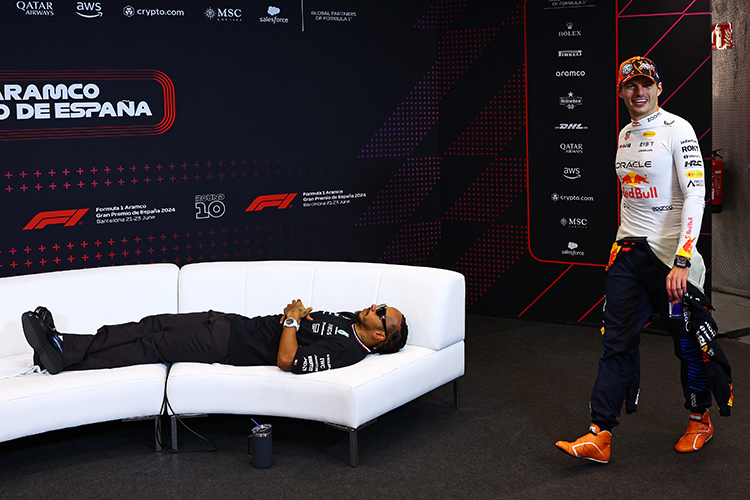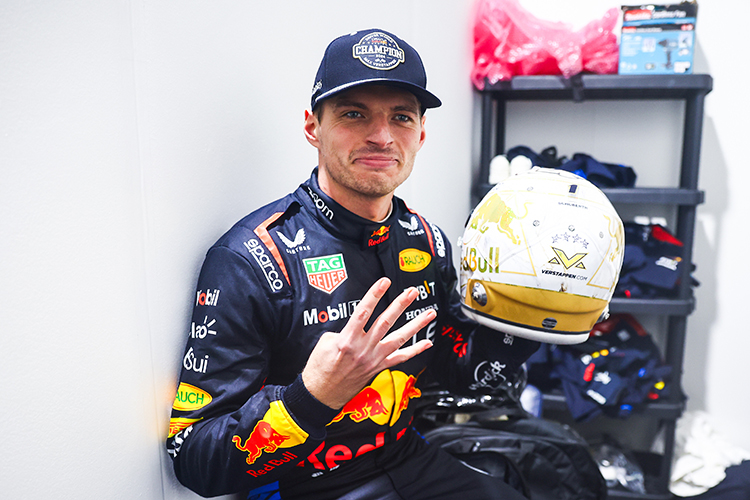How much does it cost to run a Formula 1 team?

Formula 1 World Champions: A legacy of racing legends
How much would cost a team in formula 1
How Much Would it Cost to Run a Formula 1 Team?
Discover the costs of running a Formula 1 team, including car development, salaries, logistics, and how the cost cap impacts team budgets.
Running a Formula 1 team is one of the most expensive ventures in sports. The costs are driven by various factors, including car development, salaries, logistics, and more. With the introduction of the Formula 1 cost cap, spending dynamics have shifted, promoting financial sustainability and fair competition. Here’s an in-depth look at the costs involved in running an F1 team.
The Formula 1 cost cap
To level the playing field and ensure financial sustainability, the FIA introduced a cost cap in 2021. Initially set at $145 million, the cap has been reduced incrementally, reaching $135 million by 2023. This limit primarily covers car development and operational expenses, while excluding driver salaries, marketing costs, and other specified expenditures.
Breaking down the costs
Car development and technology
The largest portion of an F1 team’s budget is allocated to car development. This includes research and development (R&D), wind tunnel testing, and manufacturing car parts. Staying competitive requires constant upgrades and technological advancements, which come at a significant cost.
Salaries
Salaries are another major expense. Teams employ a wide range of personnel, including engineers, strategists, mechanics, and drivers. Notably, driver salaries fall outside the cost cap. Top drivers like Lewis Hamilton and Max Verstappen can earn over $40 million annually, adding a significant financial burden.
Logistics and travel
Formula 1 is a global sport, with teams traveling to over 20 countries during the season. Transporting cars, equipment, and personnel across continents results in hefty logistics expenses. Estimates suggest logistics alone can cost tens of millions annually.
Other costs
Additional expenses include marketing, facilities maintenance, and hospitality during race weekends. While these costs fall outside the cost cap, they remain essential for promoting the team’s brand and ensuring smooth operations throughout the season.
Cost cap exceptions
Specific expenses are exempt from the cost cap. Driver salaries, marketing efforts, and travel costs are not included in the $135 million limit. Additionally, special considerations are made for teams operating in regions with inherently higher operational costs. For instance, Sauber, which will transition to the Audi works team in 2026, is allowed a higher cap to account for increased salaries in Switzerland.
Real-world implications
The introduction of the cost cap has reshaped the financial landscape of Formula 1. Smaller teams now have a better chance to compete, while larger teams must strategically allocate resources. For new entrants like Audi, higher operational costs pose unique challenges, but the cost cap provides allowances to maintain fairness.
Conclusion: The financial reality of F1
Running a Formula 1 team involves immense financial investment across multiple areas, including car development, salaries, logistics, and marketing. While the cost cap has eased some financial pressures and improved competitiveness, teams still face significant expenses. As the sport continues to evolve, the cost cap will play a crucial role in maintaining F1’s sustainability and integrity.
Up Next


